Some vegetables seem to come with a sign that says “Pests welcome!” No matter how carefully you tend your garden, certain crops just seem to attract trouble, aphids, beetles, caterpillars, and more. It’s frustrating to watch your hard work turn into an all-you-can-eat buffet for insects.
If you’ve been dealing with chewed leaves, stunted growth, or mysteriously vanishing seedlings, the vegetables you’re growing might be part of the problem. Knowing which ones pests love most can help you plan ahead, use better companion planting strategies, or simply stay one step ahead with your pest control routine.
Tomato

In the heart of summer, tomatoes become a beacon for pests. Their sweet, juicy fruits are irresistible to aphids and caterpillars. Many gardeners find their tomato plants teeming with these unwelcome visitors.
Tomato plants, with their lush foliage, provide ample hiding spots for pests. Their flowers attract pollinators, inadvertently inviting pests too.
Did you know? The tomato hornworm, a common pest, can decimate a plant overnight. Vigilant monitoring is crucial to keep these plants healthy.
Cabbage
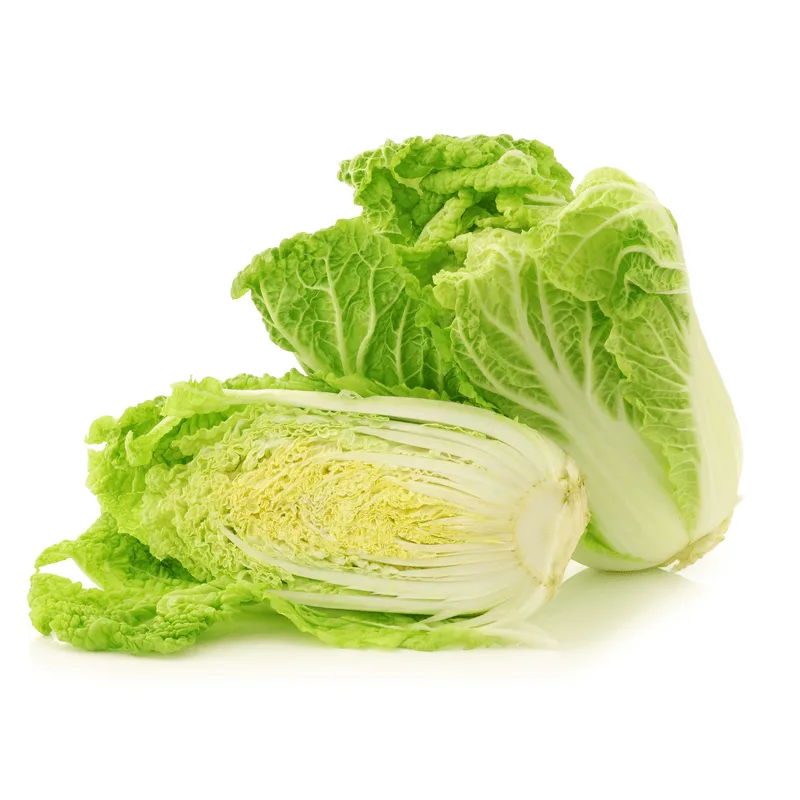
Cabbage, with its dense, leafy heads, is a magnet for pests. The cabbage worm, in particular, thrives on its leaves.
Gardeners often battle holes in leaves as cabbage worms munch away. These pests leave trails of destruction, turning healthy plants ragged.
A quirky fact: Cabbage was once used as a medicinal plant in ancient times, believed to have healing properties. Despite its benefits, pests are relentless in their pursuit.
Spinach
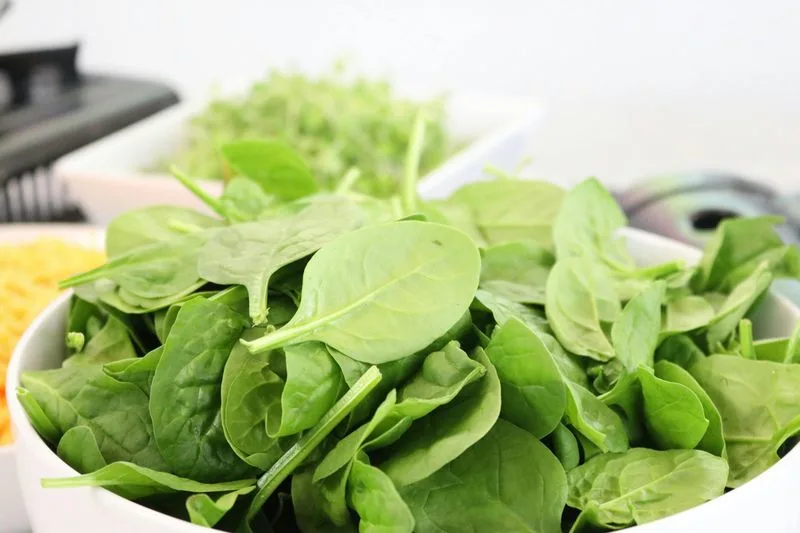
Spinach, lush and green, is often under siege from pests like leaf miners and slugs. These nuisances feast on the tender leaves, leaving unsightly marks.
Spinach plants offer a buffet for pests, with their nutrient-rich foliage. These leave gardeners frustrated with ragged leaves.
Interestingly, spinach was first cultivated in Persia. Its journey through history hasn’t deterred pests, who continue to find it irresistible.
Lettuce

Lettuce, crunchy and fresh, is a favorite not just for salads but for pests like slugs and aphids. These critters delight in its tender leaves.
Gardeners often find themselves battling aphid infestations, as these pests multiply rapidly. Lettuce’s delicate nature makes it particularly vulnerable.
Fun fact: Lettuce was first cultivated by the Egyptians, who considered it a luxury. Despite its noble origins, pests have no qualms about ravaging it.
Carrot
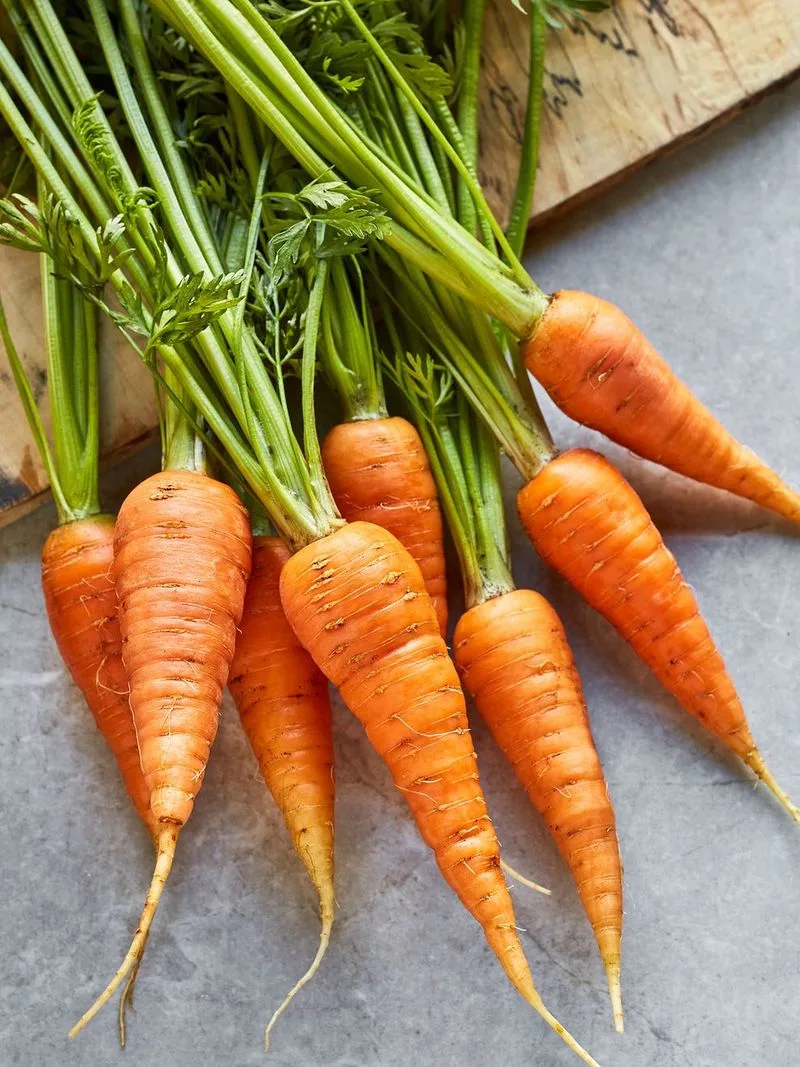
Carrots, with their sweet roots, attract the notorious carrot rust fly. Their larvae feast on the roots, causing significant damage.
These pests are particularly challenging, as they lay eggs in the soil, making detection difficult until damage appears.
Carrots, once a wild plant, have become a staple in diets worldwide. However, pests like the rust fly continue to threaten their cultivation.
Eggplant
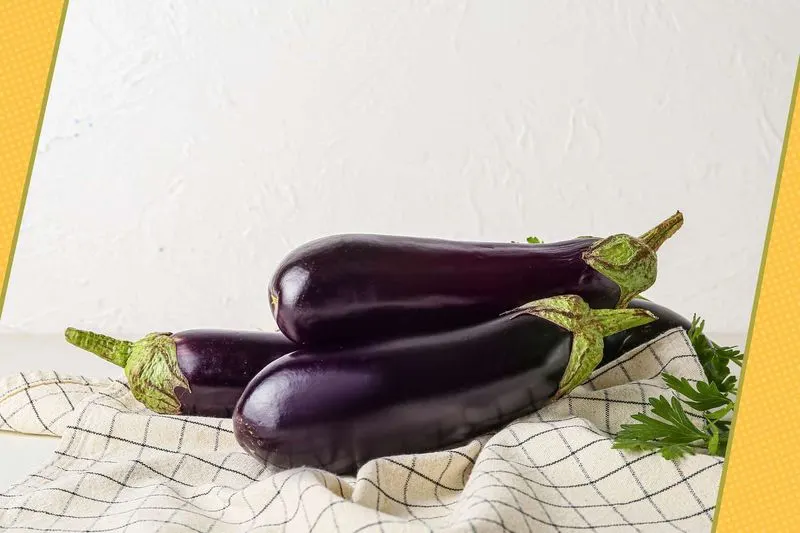
Eggplants, with their glossy fruits, are often plagued by flea beetles. These tiny insects leave characteristic shot holes in leaves.
The eggplant’s broad leaves provide perfect feeding grounds for these pests, leading gardeners to employ various deterrents.
Did you know? Eggplants belong to the nightshade family, sharing lineage with tomatoes and potatoes, which are also pest magnets.
Corn
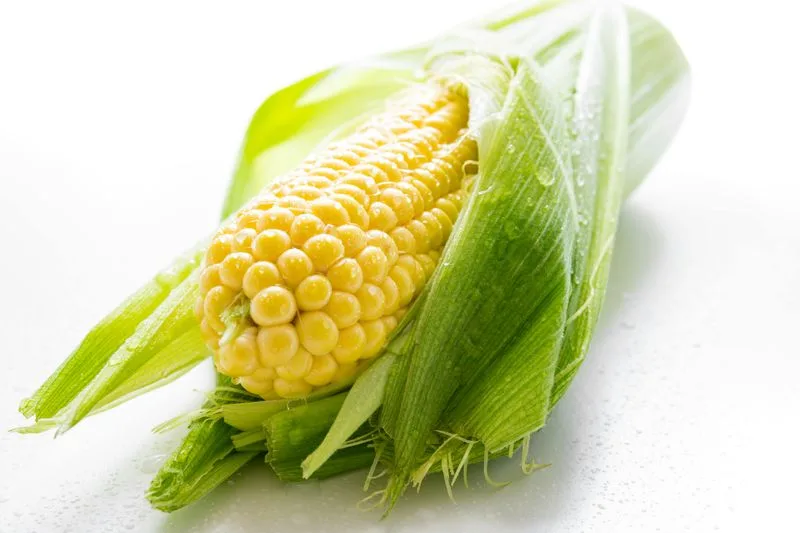
Corn, the golden grain, often falls victim to the dreaded corn earworm. These pests tunnel into the kernels, rendering ears inedible.
The lush cornfields offer a perfect habitat for these worms, which thrive in the warm summer months. Farmers often employ pesticides to combat them.
Corn’s history dates back to ancient civilizations, but even its rich heritage doesn’t deter pests from their feasting.
Zucchini
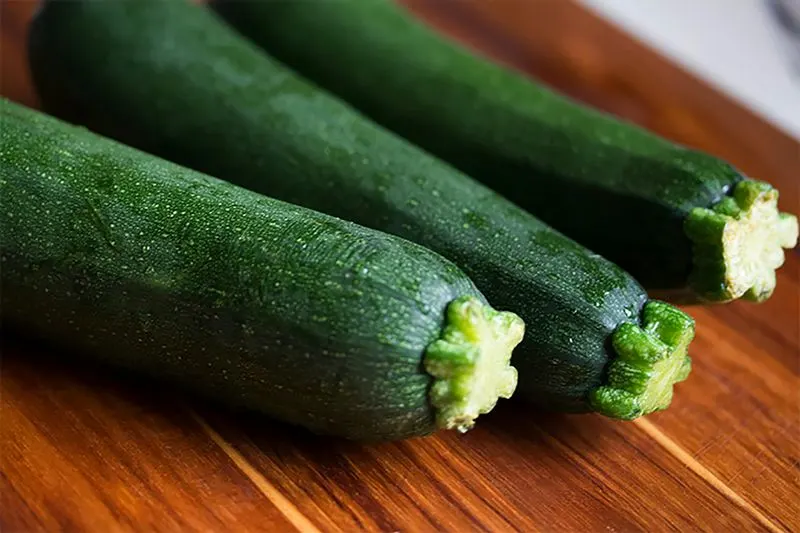
Zucchini plants, with their sprawling vines, attract squash bugs. These pests suck sap from the leaves, causing wilting.
As the vines grow, they offer easy access for bugs to hide and feast, challenging gardeners to keep them at bay.
Fun tidbit: Zucchini, though commonly associated with Italian cuisine, originates from the Americas. Yet, its international journey hasn’t escaped pest attention.
Pepper
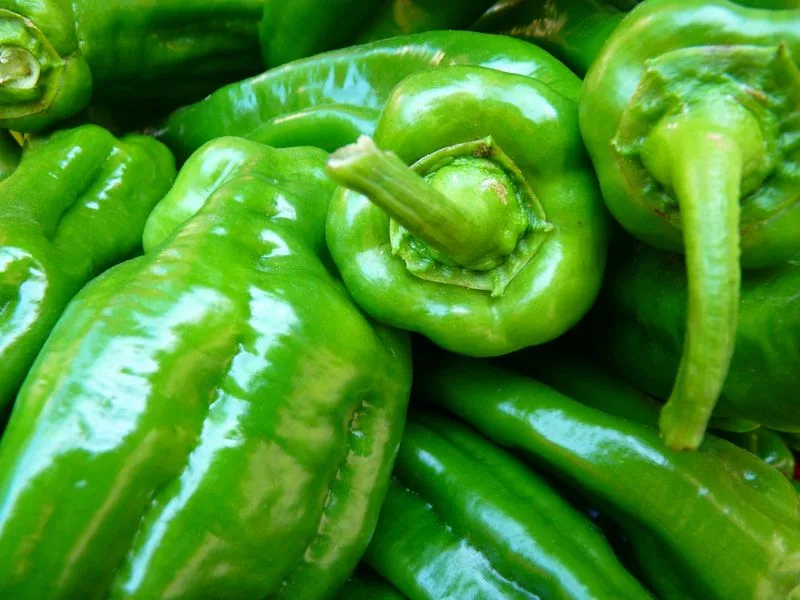
Peppers, vibrant and spicy, lure thrips, which feed on their tender parts. These pests leave behind distorted fruits and leaves.
The pepper plant’s spicy allure doesn’t deter thrips, who find solace in its warm climate. Gardeners often find themselves in constant battle.
Peppers, with their global culinary importance, continue to face pest challenges, regardless of their fiery reputation.
Broccoli
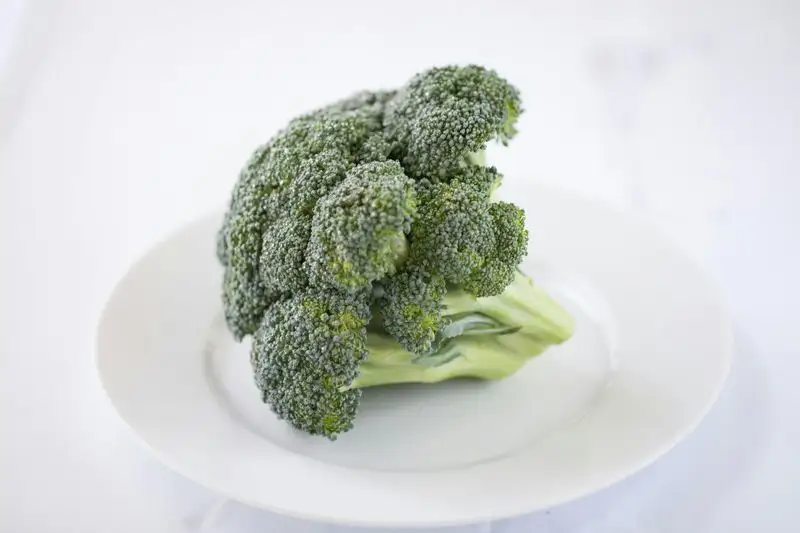
Broccoli, with its nutritious florets, is not immune to aphids and caterpillars. These pests cause significant damage, often unseen until harvest.
The dense clusters of broccoli offer a hiding place for pests, making management tricky for gardeners.
Despite its health benefits, broccoli’s appeal to pests is unwavering, as they relish its green bounty.

